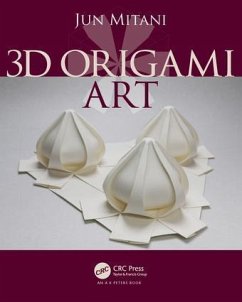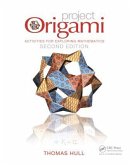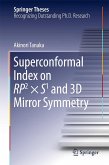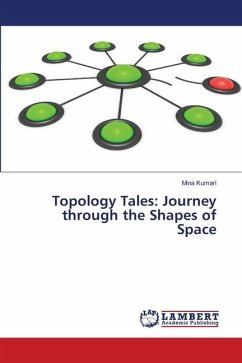Easily Create Origami with Curved Folds and Surfaces
Origami-making shapes only through folding-reveals a fascinating area of geometry woven with a variety of representations. The world of origami has progressed dramatically since the advent of computer programs to perform the necessary computations for origami design.
3D Origami Art presents the design methods underlying 3D creations derived from computation. It includes numerous photos and design drawings called crease patterns, which are available for download on the author's website. Through the book's clear figures and descriptions, readers can easily create geometric 3D structures out of a set of lines and curves drawn on a 2D plane.
The author uses various shapes of sheets such as rectangles and regular polygons, instead of square paper, to create the origami. Many of the origami creations have a 3D structure composed of curved surfaces, and some of them have complicated forms. However, the background theory underlying all the creations is very simple. The author shows how different origami forms are designed from a common theory.
Origami-making shapes only through folding-reveals a fascinating area of geometry woven with a variety of representations. The world of origami has progressed dramatically since the advent of computer programs to perform the necessary computations for origami design.
3D Origami Art presents the design methods underlying 3D creations derived from computation. It includes numerous photos and design drawings called crease patterns, which are available for download on the author's website. Through the book's clear figures and descriptions, readers can easily create geometric 3D structures out of a set of lines and curves drawn on a 2D plane.
The author uses various shapes of sheets such as rectangles and regular polygons, instead of square paper, to create the origami. Many of the origami creations have a 3D structure composed of curved surfaces, and some of them have complicated forms. However, the background theory underlying all the creations is very simple. The author shows how different origami forms are designed from a common theory.
"This is a beautiful book, containing many lovely examples at the forefront of geometric origami. Readers will find the patterns both challenging and satisfying to fold, and the concepts on which they are based form a foundation for many further potential explorations."
-Dr. Robert J. Lang, Origami Artist and Consultant, LangOrigami.com
"Ever wonder how paper artists can fold a sheet of paper into amazingly complex shapes? Then this book is for you. There aren't many resources out there for 3D, mathematically inspired origami, and Jun Mitani gives us a whole book's worth of fun, interesting models to help fill this gap. Geometric origami fans will love this book."
-Thomas C. Hull, Western New England University and Author of Project Origami: Activities for Exploring Mathematics, Second Edition
-Dr. Robert J. Lang, Origami Artist and Consultant, LangOrigami.com
"Ever wonder how paper artists can fold a sheet of paper into amazingly complex shapes? Then this book is for you. There aren't many resources out there for 3D, mathematically inspired origami, and Jun Mitani gives us a whole book's worth of fun, interesting models to help fill this gap. Geometric origami fans will love this book."
-Thomas C. Hull, Western New England University and Author of Project Origami: Activities for Exploring Mathematics, Second Edition








